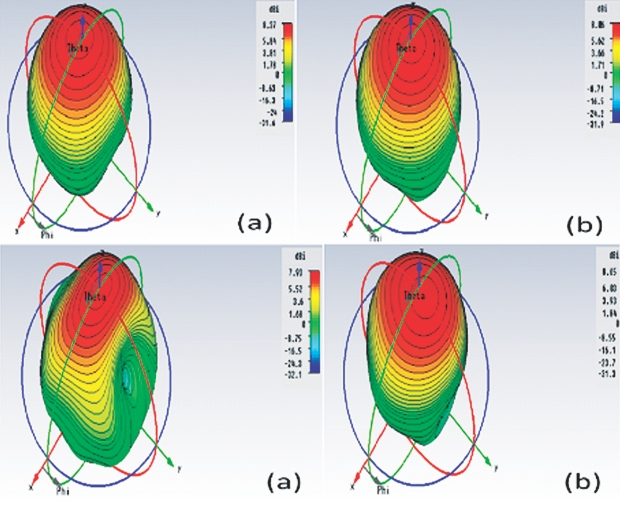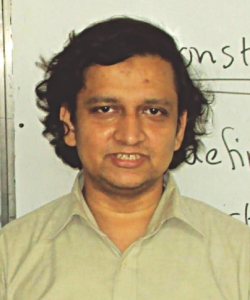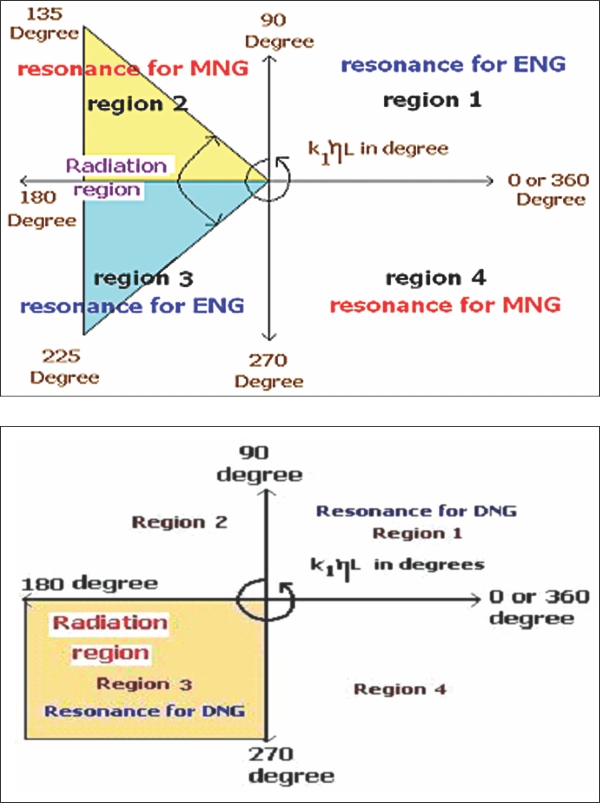| Home - Back Issues - The Team - Contact Us |
 Linking Young Minds Together |
| Volume 5 | Issue 47 | July 24, 2011 | |
|
Spotlight
A brainchild into Being Fauzia Sultana Courtesy : Mahady Rahman Chowdhury Mahady, Zuboraj and Noman are three graduates from the Department of Electrical and Electronics Engineering (EEE), BUET. The trio have always been the chilled out kind and did not quite fit into the atel (nerd) group. Their baggage from university, as they say, contains lots of memories to cherish and unbelievable achievements to take them to the peak of success. University life is the yin-yang combination of fun and frenzy. It is the time when one grows, of course not only by age, but in terms of knowledge, personality, and maturity. When on the one hand there are quizzes, assignments, deadlines to be met with, the exciting Cox's Bazar trips during semester breaks or simply the addas with friends on campus are what make the hectic campus life going. Of all the academic years, the last year of university is probably the most crucial and exhausting. While there are those choosing their major courses or checking out the multinational companies they want to have an internship in, there is a bunch of students too, studying for GRE or TOEFL and preparing to apply in foreign universities for further degrees. While thesis may be a choice for students of other disciplines, it is a must for those studying engineering. With the last year beginning, “Kire atel, tor thesis topic ki?” (What's your thesis topic, nerd?), is probably one of the most common questions amongst the classmates. A high quality undergrad thesis is a credential that makes a student's resume richer. When the rest of the students of the EEE department were almost done deciding what project they would work on, Mahady Rahman Chowdhury, Rashedul Alam Zuboraj and Abdullah Al Noman, were in a fix. The three could not decide on their topic of research. “Being all at sea, we decided to consult our seniors to help us with a topic. Inspired by some of their works, we finally decided to work on microstrip patch antennas for our thesis project.” Little did they know then that their research on 'Novel Theory and Design Procedure of Multiband Rectangular Patch Antennas Loaded with Metamaterial' would be a work of genius, stirring the department with astonishment and bringing them international recognition.
The thesis project of this trio of EEE started with the selection of metamaterial loaded small antenna design. “For years, researchers in the US and all over the world could not make progress in size reduction of antennas,” said the three. Reduction in antenna size was initially a project supported by the US Air Force Office of Scientific Research (AFOSR). Two research teams made attempts to solve the project, separately, but eventually failed. They deduced this project as impossible and it remained incomplete. However this trio of BUET defied the deduction and made it possible. “We chose this particular topic because it was difficult to believe that something wouldn't just work. Of course we received negative responses, because the project clearly stated that it was a failure. A thesis does not, necessarily, have to yield a positive result. A negative result is also a part of research,” says the three.
The three did not have enough literature material to start with. All they had were the journal publications of the previous two research teams and their own knowledge. They started their speculation by considering the different parameters involved, precisely the material of construction. They considered metamaterial, an artificially engineered material with properties that may not be found in nature, as the parameter. Since this research was the first of its kind, in course of time Mahady formulated the mathematical model required for the construction of a smaller metamaterilized antenna. Apart from their thesis supervisor and other departmental teachers, Mahady sought the help of Golam Dastegir Al Quaderi, Assistant Professor, Department of Physics, Dhaka University to understand the physics concerned in the construction of the antenna, better. Zuboraj and Noman then gave this model a realistic shape through computer simulations, the outcome of which is the world's first ever tetra band microstrip patch antenna, that is smaller in size and is metamaterialized.
The amazing results that the young inventors had cultivated are what make their research work top-notch. Using their own mathematical models and simulations, this invincible trio reduced the antenna size by 55 percent. Their antenna is three times more efficient compared to the bigger dual band antennas generally found. Most importantly, their research has lead to the development of the first ever tetra band patch antenna in the world. “The most difficult part of our thesis was developing the tetra band antenna. Generally, we use dual band antennas for all purposes that receive or transmit two signals simultaneously. However if four signals are to be received, two individual antennas are required. But by using the mathematical model and the simulations that we developed, it is possible to construct a single antenna that is smaller in size and capable of dealing with four signals of different frequencies, simultaneously,” share the young inventors. Professor Dr Abdul Matin, the thesis supervisor says, “Such quality research not only inspires or encourages others, but opens new research fields. Their work should not only be appreciated in Bangladesh but should reach out to the rest of the world.” Surely, Dr Matin's words did come true. The research work of the three has been published in journals of MIT (PIER L AND PIER M) and in IEEE Antennas and Wireless Propagation Letters. Recently, EuCAP 2011, the top-ranking international Conference on Antennas and Propagation held in Italy, published a conference paper on their research. In total, the trio has four journal publications and four conference papers. Golam Dastegir Al Quaderi, Assistant Professor, Department of Physics, Dhaka University says, “Undoubtedly, the team has shown extraordinary talent in publishing a number of papers in reputed international journals published by MIT, IEEE and proceedings of conference. I believe, given inclination for theoretical and computational aspects of engineering and physics, students from our country can perform cutting-edge research work comparable to that done in any other university of the world. I hope that other students will be inspired by the achievements of the three and make us feel proud equally.”
Regarding the future of their invention the young inventors said, “The tetra band antenna can be used for Wi-Fi systems, mobile phones, security surveillance, spacecrafts or even satellites. We believe our invention can contribute significantly to the Defence Academy in Bangladesh, as the US Air Force had foreseen for their country earlier. Also, we want to patent our invention so that the research work is globally recognised.” Zuboraj and Noman are currently pursuing their postgrad degree from BUET, while Mahady is working as a lecturer at the University of Asia Pacific. Undoubtedly, the achievement of this amazingly talented trio is the affirmation that hard work and sincere effort surely bring out the best at the end. May the BUETIANS and the others witness such achievements in the future, achievements to do them proud and last them forever. Copyright (R) thedailystar.net 2011 |
||||





